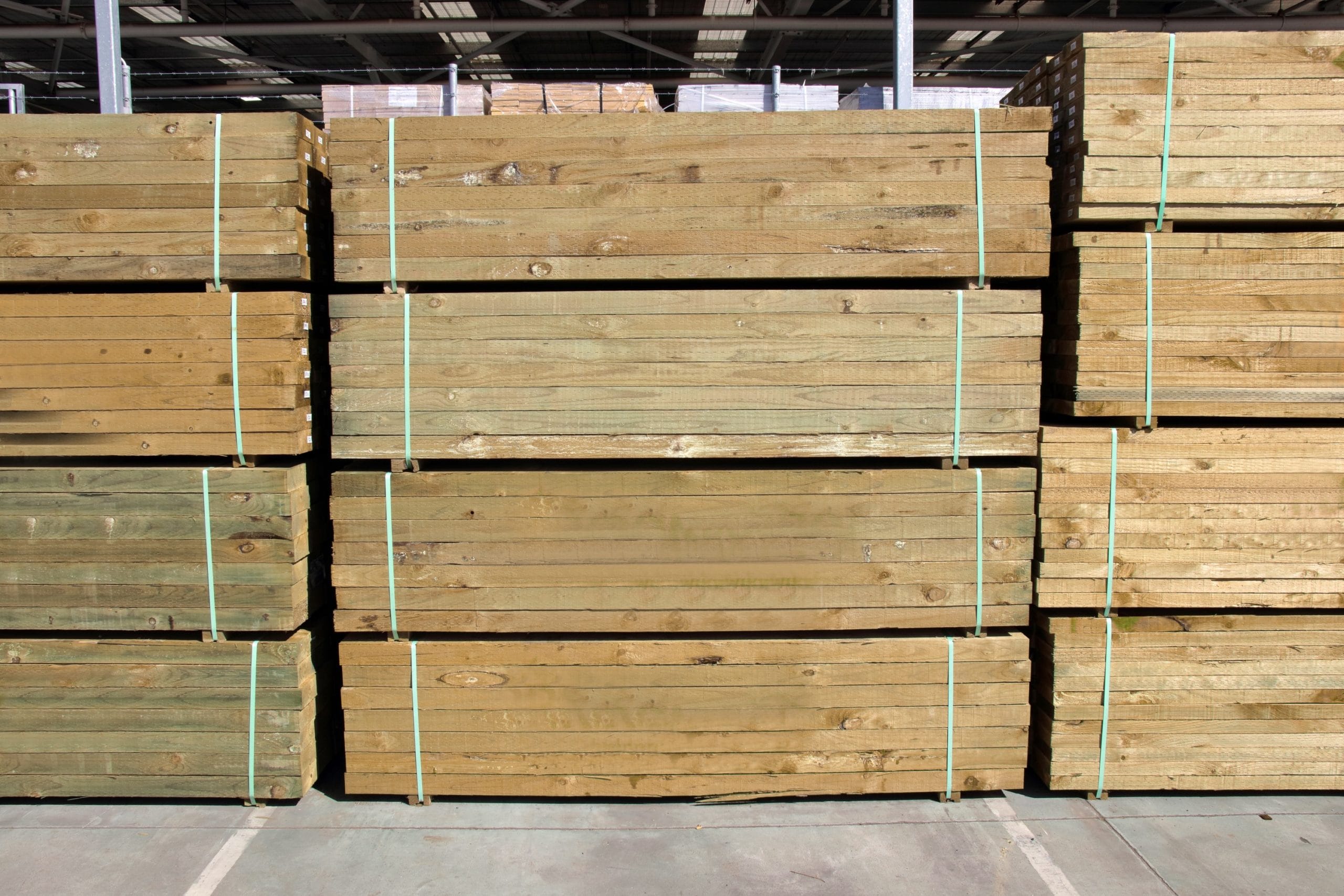Cross laminated timber (CLT) building materials are engineered wooden columns and floor slabs that are used in replace of other, non-renewable materials such as metals. CLT materials are large engineered wooden panels manufactured by cross-laminating lumber with adhesives or fasteners. CLT is produced with three to seven layers of lumber or planks stacked on right angles and are either glued together in a hydraulic vacuum press over the entire surface, or nailed together. Each layer of the CLT is composed of softwood boards with panel thickness between 50mm to 300mm. This style of engineering means a more diverse cross section of wood can be used for construction, and the shapes, strength, and durability of the wood can be adjusted as needed.
Sustainability
First thing first with wood: it is a renewable resource. That alone makes it far more sustainable that most other construction materials. Wood can be regenerated as long as we continue to ensure reforestation practices.
Additionally, wood actually helps to remove carbon from the atmosphere as the trees continue to hold carbon even after harvesting. As long as we aggressively replant harvested trees, building with wood has the potential to actually remove greenhouse gasses from the atmosphere. According to a study done by the Consortium for Research on Renewable Materials, the lifecycle of steel and concrete results in 26 percent to 31 percent more greenhouse gas emissions than with wood.
When looking into sustainable and environmentally friendly construction options, using CLT instead of steel or concrete proves to be a much friendlier option, without sacrificing integrity.







